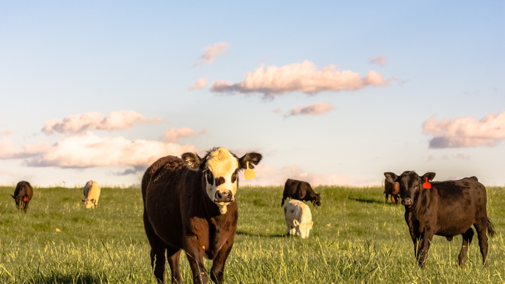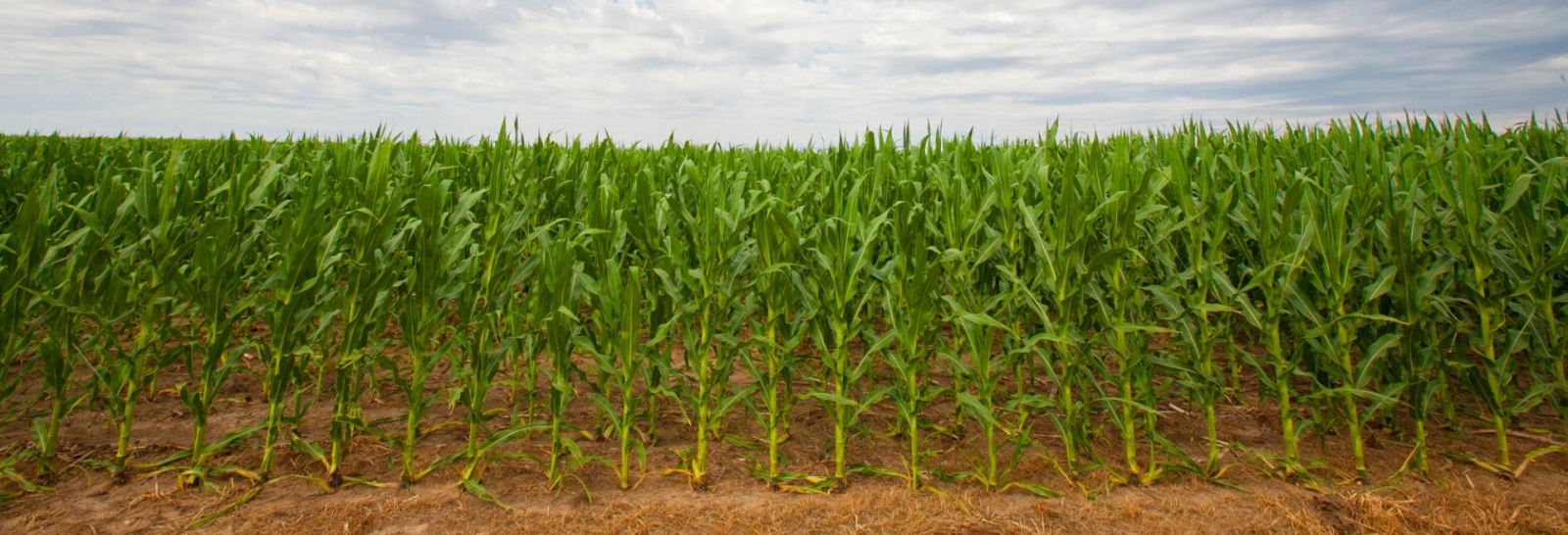Grass Tetany
Fresh spring growth is a welcome sight for producers looking for animal forage. However, lush spring growth may be the perfect condition for a case of grass tetany. While turn out may be a ways off, mitigating this risk starts now.
Grass tetany is the result of low levels of magnesium in an animal’s blood stream. Low magnesium levels in lush, newly growing grass are often a main cause. In lactating animals, low dietary magnesium paired with a drain on calcium from milk production increases risk even more. Calcium aids in magnesium absorption. This means high milk-producing and older animals are most at risk for developing tetany.
To prevent tetany problems this spring, it’s best to wait until grass in pastures has grown to at least 6 inches high before grazing. Legumes like alfalfa or clover are a good source of magnesium, so grazing mixed grass and legume pastures can help balance mineral demands.
While cultural practices can reduce risk, providing correct and adequate mineral supplementation may be the most certain remedy. Cattle should be consuming 3-4 ounces daily of mineral containing supplemental calcium and 10-13% magnesium oxide. This should start at least 30 days before grazing begins, to ensure proper intake has been established.
Most high magnesium minerals utilize magnesium oxide, which is bitter-tasting and can reduce animal consumption. Mix magnesium fortified mineral with salt into a complete package or feed with a highly palatable protein or energy supplement to improve intake
High magnesium mineral should be provided for animals until cool-season grasses slow down growth and the levels of lush, fresh forage are reduced, around mid-May.
Dealing with grass tetany in the spring doesn’t have to negatively impact your herd. Plan now to adjust grazing management or mineral supplementation for a tetany-free spring.
Spring Grass Seeding
Spring is a time when we might be considering seeding some grass for pasture, hay or just to establish permanent plant cover for wildlife habitat. In some cases, this may involve attempting to improve or renovate an existing stand or establishing grass on former cropland or a disturbed site.
To be successful, there are several important decisions that need to be made and guidelines to be followed. The first of these is deciding the type and species of grass that would be best suited for the site and match the intended use. General categories of grass include cool- or warm-season and native or introduced species.
For example, cool-season grasses like wheatgrasses, smooth bromegrass and orchardgrass are excellent choices for pasture and/or hay during spring and fall.
For summer pasture or wildlife habitat, warm-season grasses such as switchgrass, indiangrass, the bluestems and gramas can work well.
Additionally, there may be choices of legumes or forbs that could be included with the grasses. The soil type and average rainfall in your area would also affect the grass species you might select.
Important factors for successful grass establishment include proper seedbed preparation, method of seeding, weed control and management of the newly emerged stand. In many cases, it is useful to get a soil test to determine any fertilization needs for the site. The ideal seeding rate and time of seeding will also vary depending on the grass species or mixture.
Make sure the details of your grass seeding plans are complete. For more information on this topic, view NebGuide G1705, "Establishing Dryland Forage Grasses".

